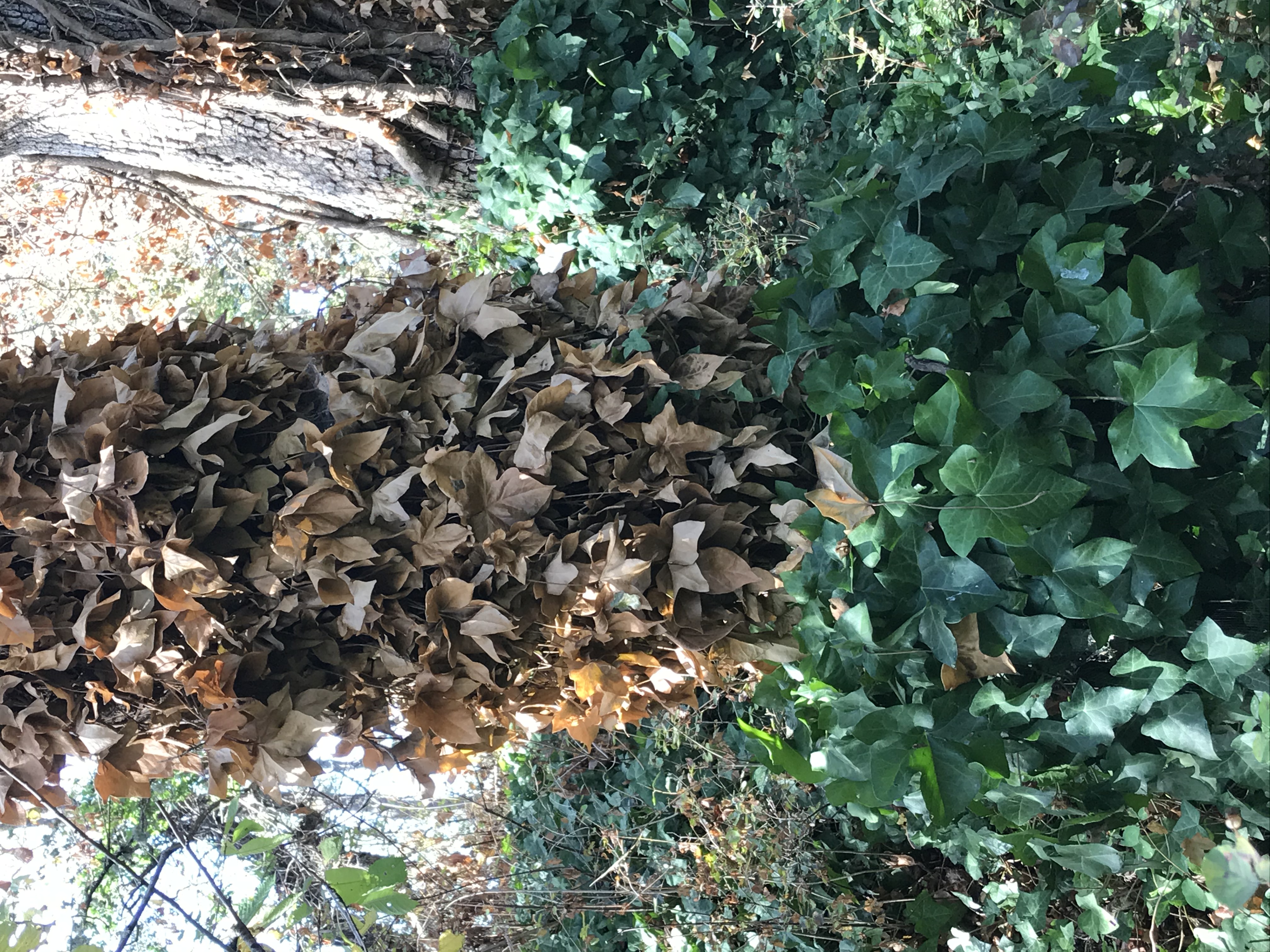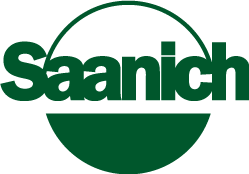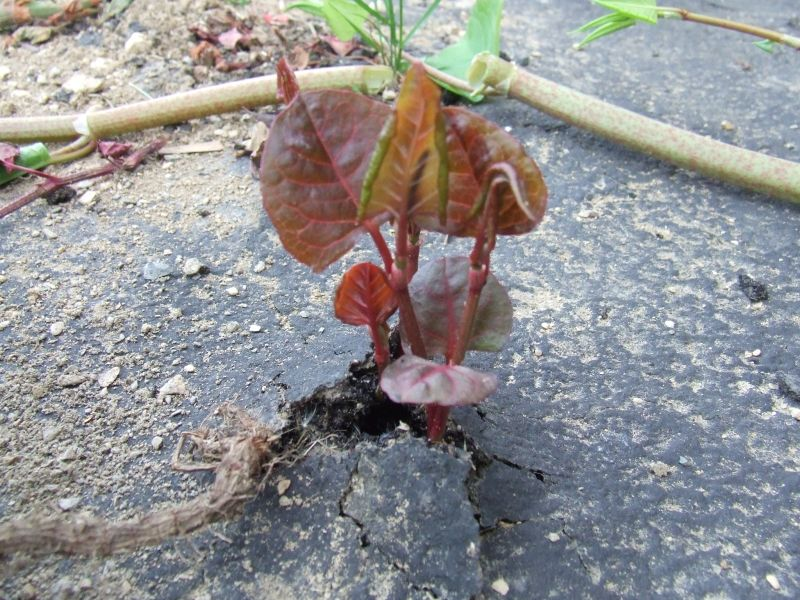What is an invasive species?
Invasive plants and animals are not native to our natural environment whose introduction causes or is likely to cause economic or environmental harm or harm to human health.
Are all introduced species harmful?
No. We don’t consider all new species invasive or harmful. We caution that sometimes there is a lag period before a species becomes invasive in a region.
Are you talking about exotic weeds?
Yes. We call invasive species by many names. Other names include alien, exotic weeds, introduced and non-indigenous.
The term noxious weeds includes plants harmful to people or livestock and other animals. The Weed Control Act is provincial legislation that uses the term noxious weed for provincially designated plants.

Next to habitat loss, invasive species are the prime threat to biodiversity. Invasive species have the ability to establish quickly in new areas and spread rapidly.
Invasive species may cause harm by:
- Degrading native ecosystems and wildlife habitat
- Reducing or eliminating other plants and animals, including endangered species, reducing biodiversity
- Increase wildfire hazards
- Causing soil erosion
- Interfering with ecological processes, and
- Limiting access to traditional Indigenous foods and medicine.
What is Saanich Doing?
Invasive species have impacted many natural areas in Saanich and beyond. We work with partners to deal with new and existing threats to our region. Parks staff lead our response.
Our plan is laid out in the Invasive Species Management Strategy [PDF - 592 KB] (ISMS).
Saanich’s invasive management program includes:
- Prevention
- Active management of priority invasive species
- Public outreach and support
- Staff education
- Guidance for proper removal of invasives
- Enforcement of the Noxious Weed Bylaw
- Work with regional and provincial partners for effective management
You can help through:
- Control of invasive plants on your land, including not moving invasive species from one location to another
- Properly disposing of garden waste and invasives
- Volunteering with our Pulling Together program to remove invasive plants from parks and trails
To learn how to control some of our most established weeds, review our brochure:
To properly dispose of invasive plants, visit our Invasive Plant Disposal page.
Most of our effort utilizes manual and mechanical treatment (removing by hand or machine). Only a small percent of effort is spent using chemical treatment - and only if the best mangement practices (BMP) dictates.
There are a few species where the BMP is chemical treatment to prevent their spread. When chemical treatment is required, it is performed using spot spray treatments, or hand painted, on the surface of the target species with the utmost care. Species treated with herbicides include: Shiny geranium, Lesser celandine, Garlic mustard, Knotweed, Holly and Gorse.
Check out our update on the use of pesticides [PDF - 155 KB] to treat invasive plant species in Saanich and learn more about our invasive plant management program by reading our Q&A about pesticide use [PDF - 216 KB].
Regional Management
Saanich is a member of the Capital Region Invasive Species Partnership (CRISP).
This partnership of local governments works to better manage invasive species in the entire Capital Region.
CRISP Provides:
- Increased regional collaboration
- Sharing of information, planning and programs
- Prioritizing and strategies for the management of invasive species
- Increased resources within the region
- Regional communications strategies
Invasive Plants
Prevention, early detection and rapid response are vital to successfully managing invasive plants. CRISP maintains a regional priority plant list, which Saanich uses and adapts for our own management programs.
- Find out which plants are on the CRISP Invasive Species List
- Find out more about Saanich's Knotweed Stewardship Program
- See our Invasive Resources pages
- Learn about our Noxious Weeds Bylaw
Invasive Animals
We work with regional and provincial partners on invasive animal programs.
Our Living with Wildlife page provides information on invasive animal programs. You’ll also find information on how to prevent and what to do about animal conflicts.


